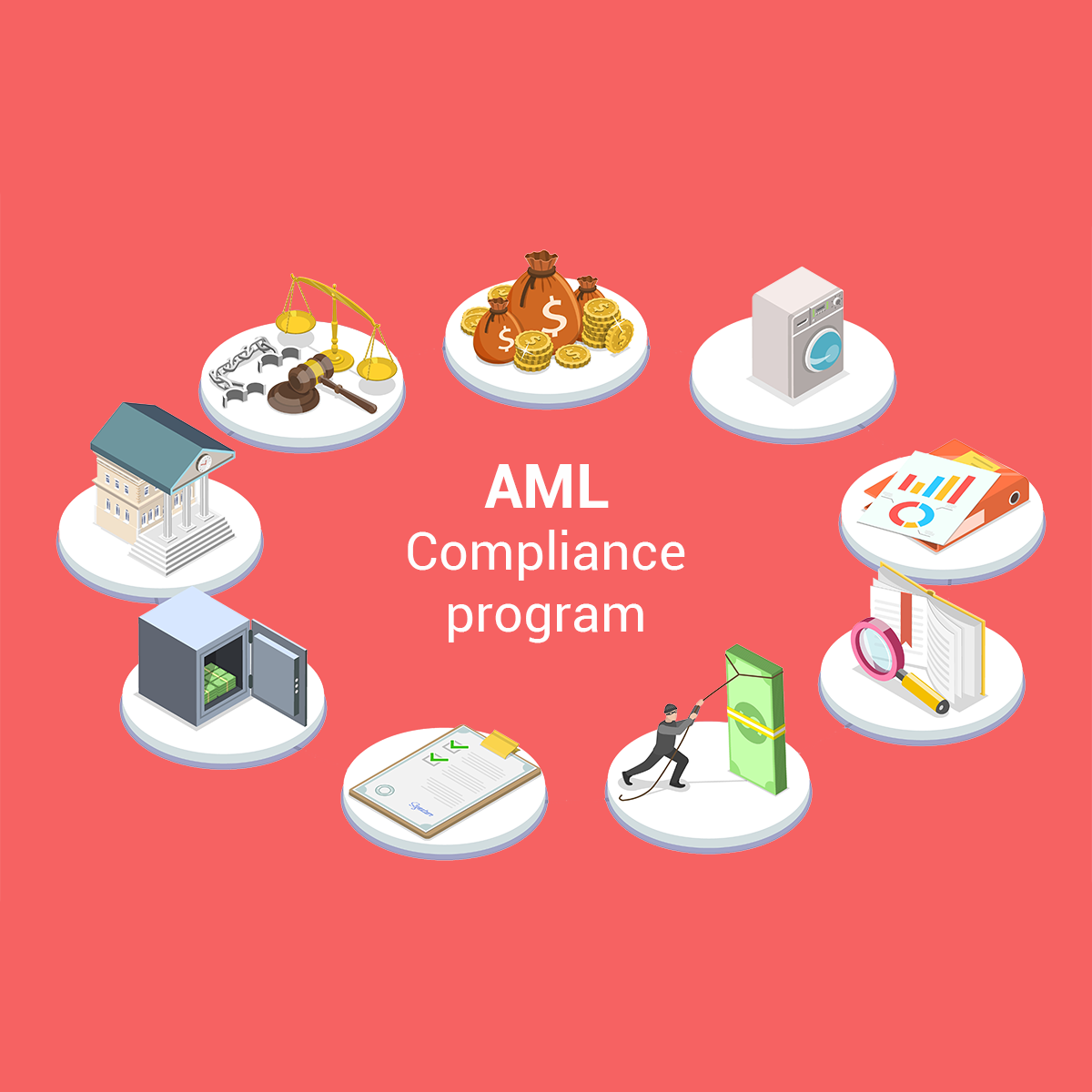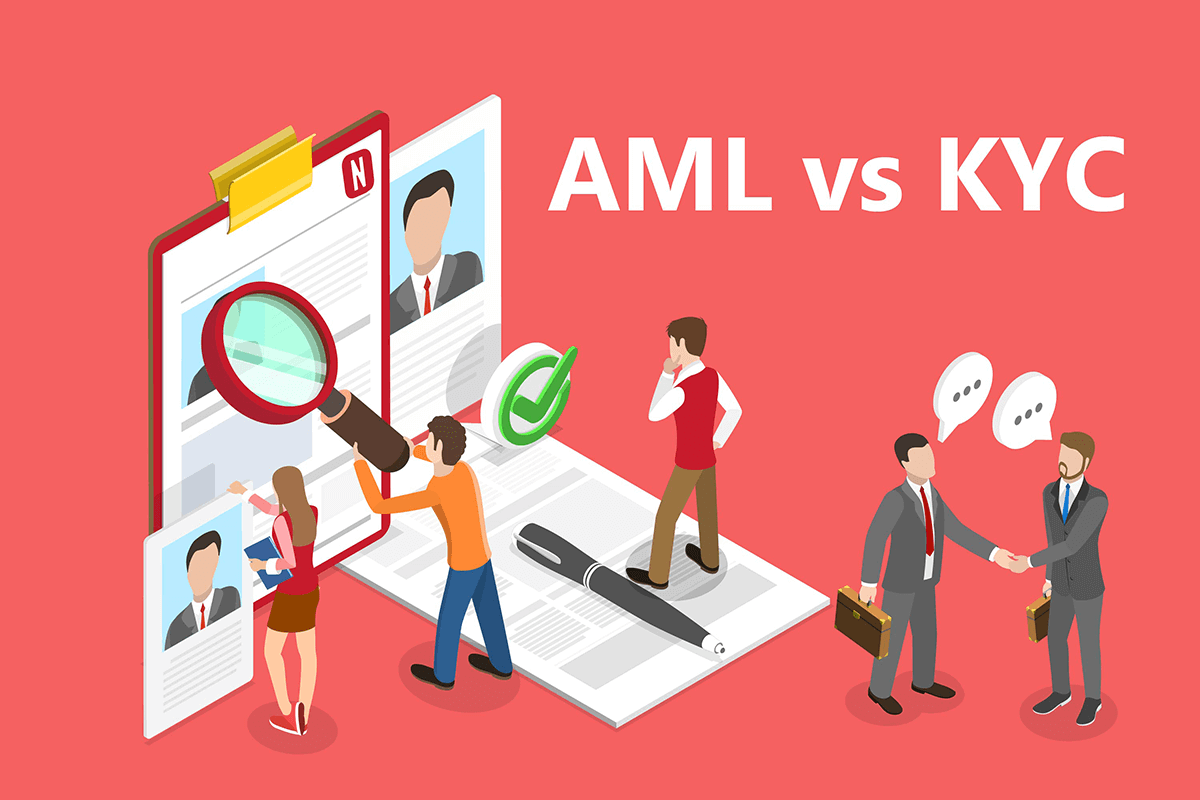What is KYC?
Know Your Customer, or KYC, is like the bank’s way of getting to know you when you first meet. Just like when you meet someone new, you’d like to know their name, where they live, and maybe what they do for a living. Banks do the same with their customers. They ask for your ID, address, and sometimes your job details. This process helps banks make sure you are who you say you are. It’s like making a new friend but in a more formal way.
What is AML?
Anti-Money Laundering, or AML, is a bit more complex. Think of it as the bank making sure that the money you’re depositing or moving around isn’t coming from or going to bad activities, like theft or funding things that shouldn’t be funded. It’s the bank’s way of playing detective to keep everything safe and clean. This process involves checking transactions, watching out for suspicious activities, and sometimes even getting to know your financial habits a bit better.

The Difference
So, what’s the main difference between KYC and AML? Well, KYC is like the bank’s first step in getting to know you – it’s about identity verification. AML goes deeper; it’s about continuously monitoring to prevent bad money practices. If KYC is the bank checking your ID at the door, AML is like having someone watch over the party to make sure everything stays safe and legal.
In Practice
Banks and financial institutions take both KYC and AML very seriously. For example, during KYC, you might be asked to provide your ID, proof of address, or even your social security number. AML verification could involve the bank asking questions about large transactions or unusual account activity.
In summary, KYC and AML are both crucial in the banking world but serve different purposes. KYC is about verifying who you are, and AML is about keeping an eye on the money to ensure it’s clean. Both are important steps in making sure the financial world is safe for everyone.

